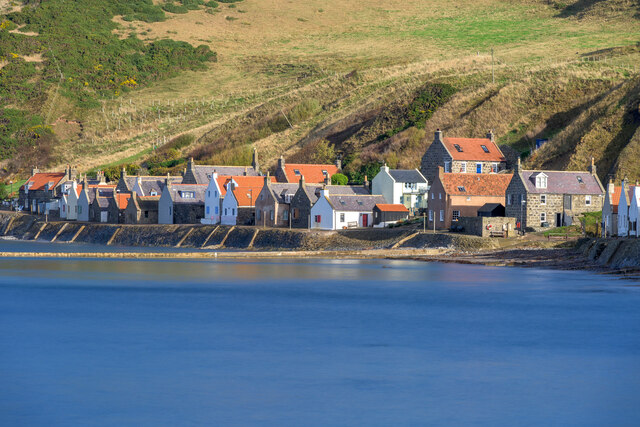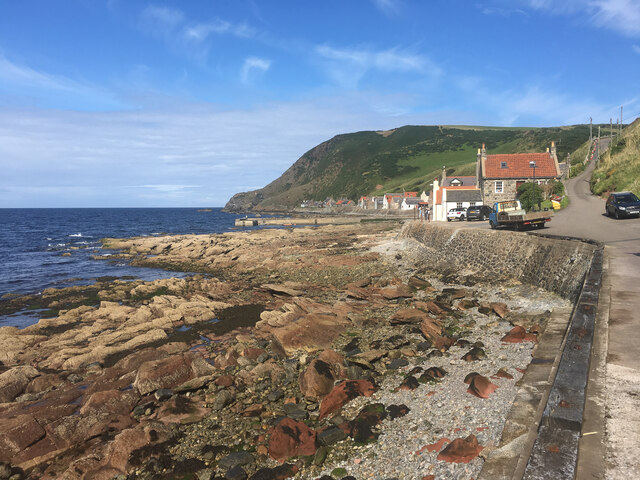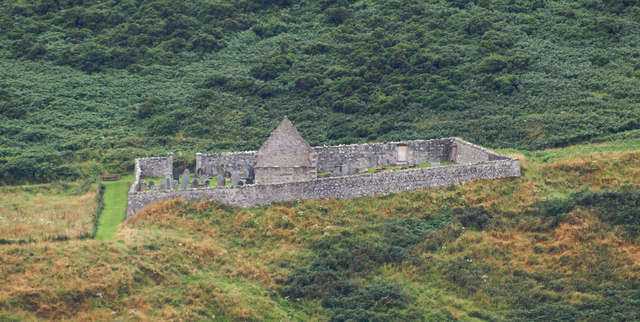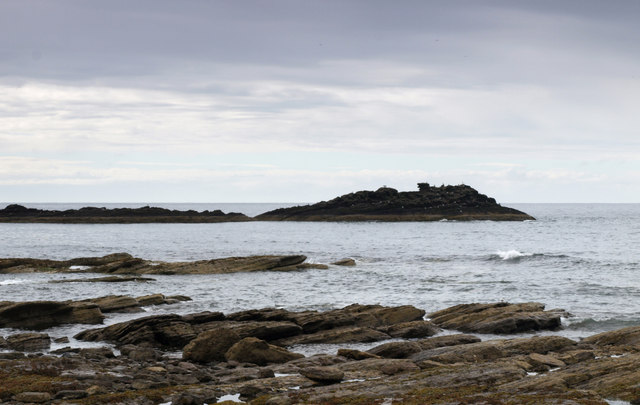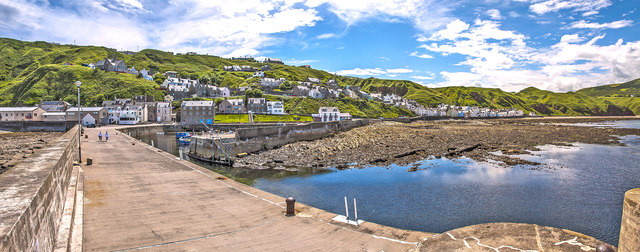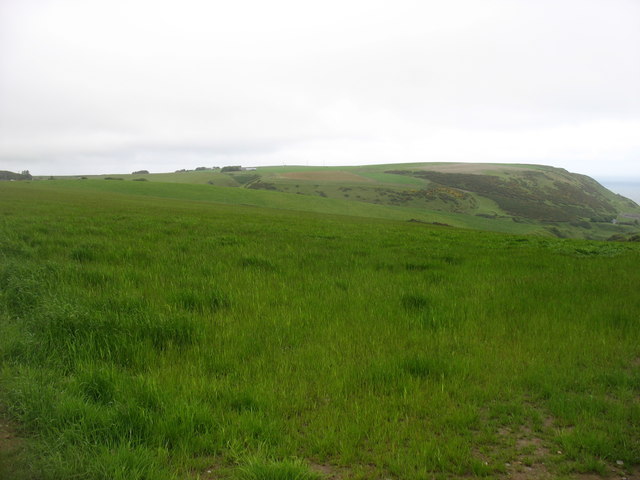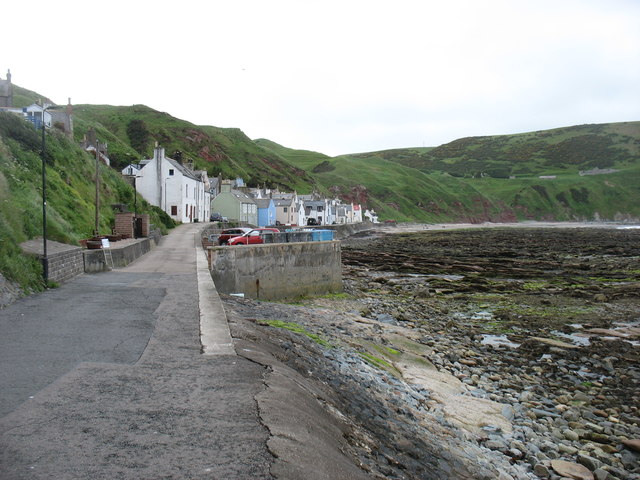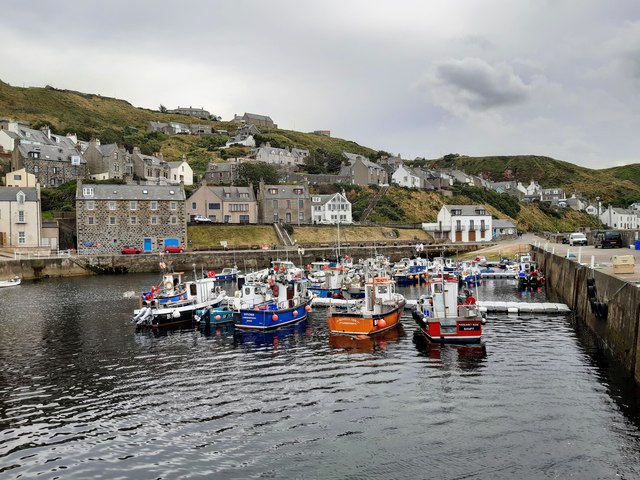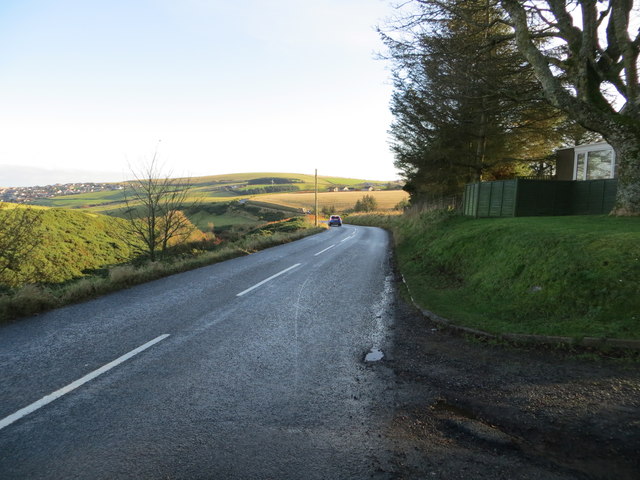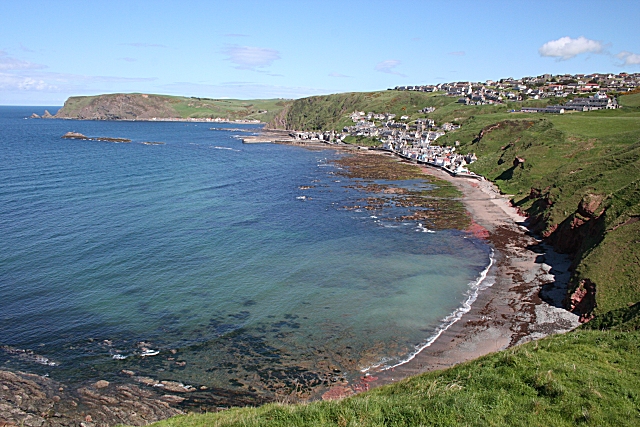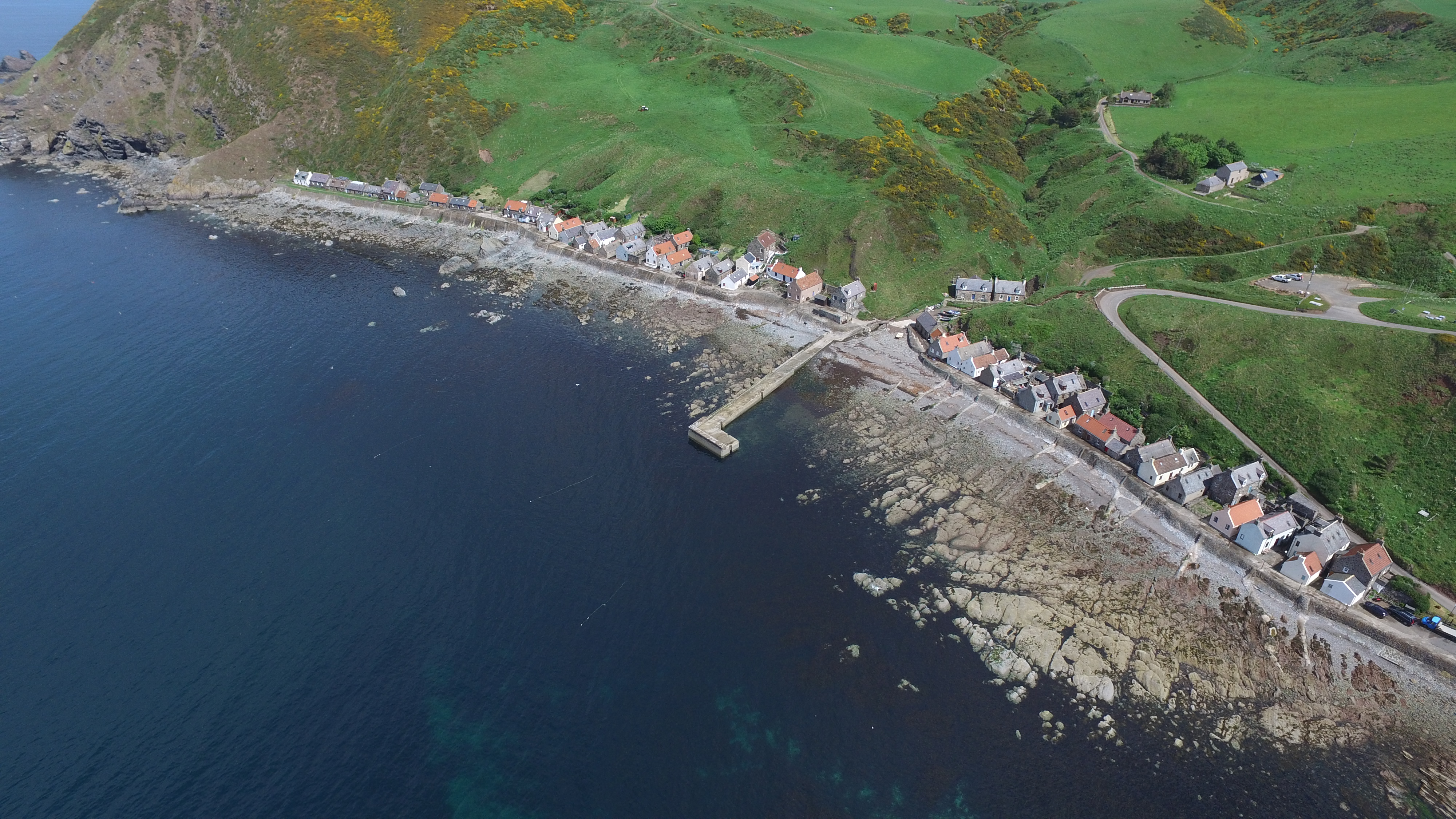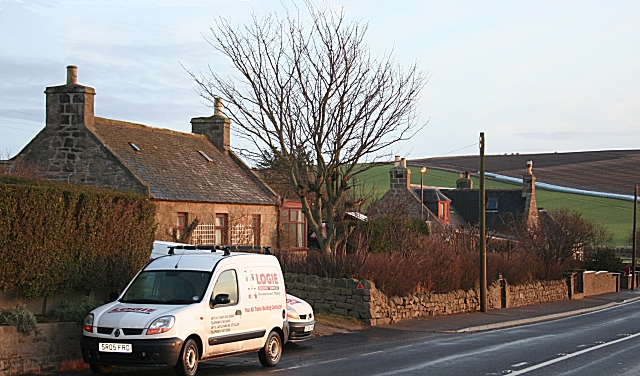Birnies Rock
Coastal Feature, Headland, Point in Banffshire
Scotland
Birnies Rock

Birnies Rock is a prominent coastal feature located in Banffshire, Scotland. Situated on the eastern coast of the country, it is specifically found on the edge of the North Sea. This impressive rock formation is classified as a headland, also commonly referred to as a point due to its distinct shape.
Standing tall and proud, Birnies Rock juts out into the sea, offering breathtaking views of the surrounding landscape. It is composed of rugged cliffs, which are formed from layers of sedimentary rock that have been eroded over time by the powerful forces of wind and water. These cliffs rise to a considerable height, providing a dramatic backdrop against the crashing waves below.
The rock itself is characterized by its unique shape, resembling a large, jagged tooth. It is a well-known landmark in the area and has become a popular destination for tourists and locals alike. Visitors can witness the raw power of nature as they stand on the edge of the headland, taking in the awe-inspiring vistas of the North Sea stretching out into the horizon.
Birnies Rock also serves as a habitat for a variety of seabirds, such as gulls and cormorants, which nest on its cliffs and use the surrounding waters as a hunting ground. The area is protected, ensuring the preservation of its natural beauty and the conservation of its avian inhabitants.
In summary, Birnies Rock in Banffshire is a stunning coastal feature that captivates visitors with its towering cliffs and magnificent views. It is a testament to the power of nature and provides a vital habitat for local wildlife.
If you have any feedback on the listing, please let us know in the comments section below.
Birnies Rock Images
Images are sourced within 2km of 57.671486/-2.3544136 or Grid Reference NJ7864. Thanks to Geograph Open Source API. All images are credited.

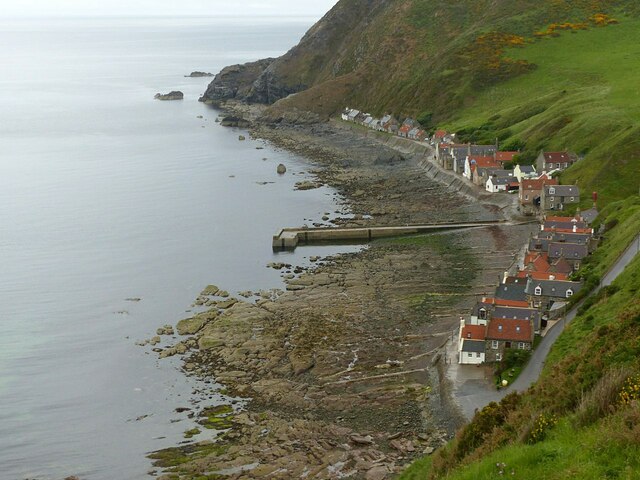
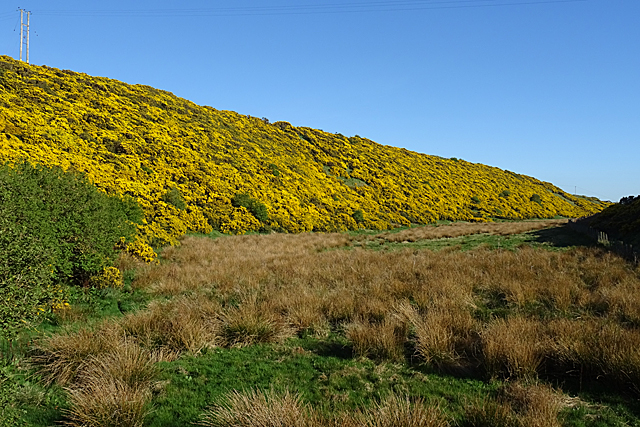
Birnies Rock is located at Grid Ref: NJ7864 (Lat: 57.671486, Lng: -2.3544136)
Unitary Authority: Aberdeenshire
Police Authority: North East
What 3 Words
///announced.suits.trick. Near Macduff, Aberdeenshire
Nearby Locations
Related Wikis
St John's Church, Gamrie
St John's Church is a ruined church and kirkyard in the parish of Gamrie, Aberdeenshire, Scotland. The church, dedicated to St John the Evangelist, was...
Gardenstown
Gardenstown (Scots: Gamrie) is a small coastal village, 8.7 miles (14.0 km) by road east of Banff in Aberdeenshire, northeastern Scotland. The village...
Gamrie Bay
Gamrie Bay is a bay in Aberdeenshire, Scotland. The bay is between Crovie Head and More Head. The villages of Gardenstown and Crovie are located within...
Dubford
Dubford is a small village in northern coastal Aberdeenshire, Scotland. Dubford is situated along the B9031 road approximately 6 kilometres (3.7 mi) east...
Crovie
Crovie is a small village in Aberdeenshire, Scotland, dating from the 18th century, a time when the sea was the only mode of transport to and from Scotland...
Cairn Lee
Cairn Lee is a prehistoric monument in Aberdeenshire, Scotland. Cairn Lee and proximate Longman Hill are the oldest prehistoric features in the local area...
Longmanhill
Longmanhill is a settlement in the Aberdeenshire parish of Gamrie; it is located along the A98 road connecting Fraserburgh to Macduff. This hamlet was...
Netherbrae
Netherbrae is an area of farmland and small crofts in Aberdeenshire, Scotland. It is approximately 8 miles (13 km) north of Turriff and 9 miles (14 km...
Nearby Amenities
Located within 500m of 57.671486,-2.3544136Have you been to Birnies Rock?
Leave your review of Birnies Rock below (or comments, questions and feedback).

